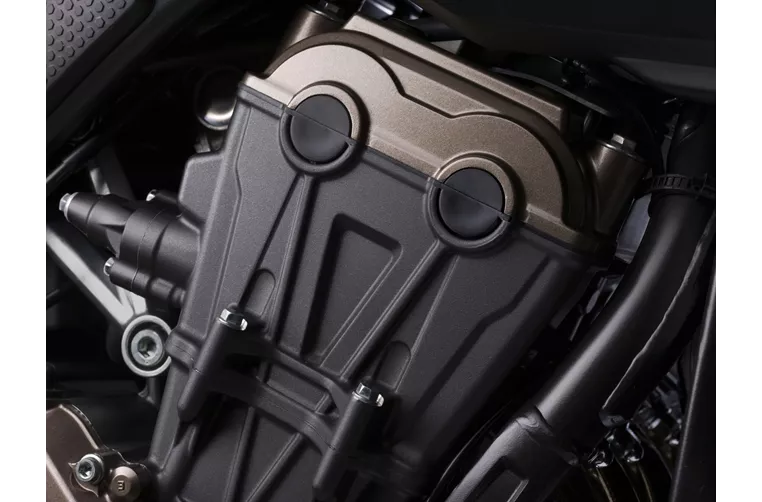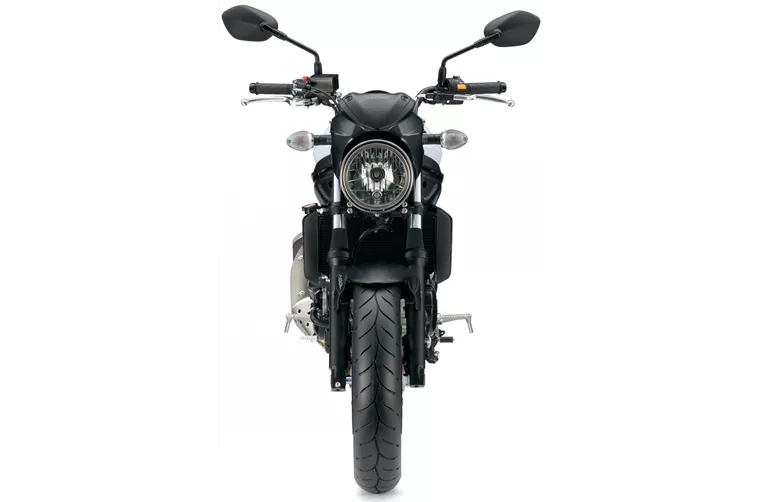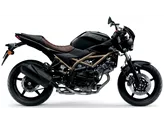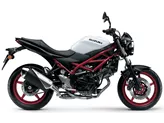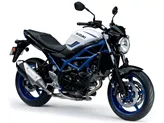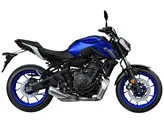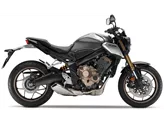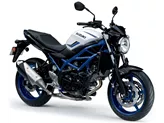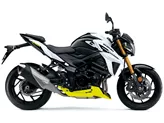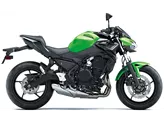Honda CB650F 2017 vs. Suzuki SV 650 2017
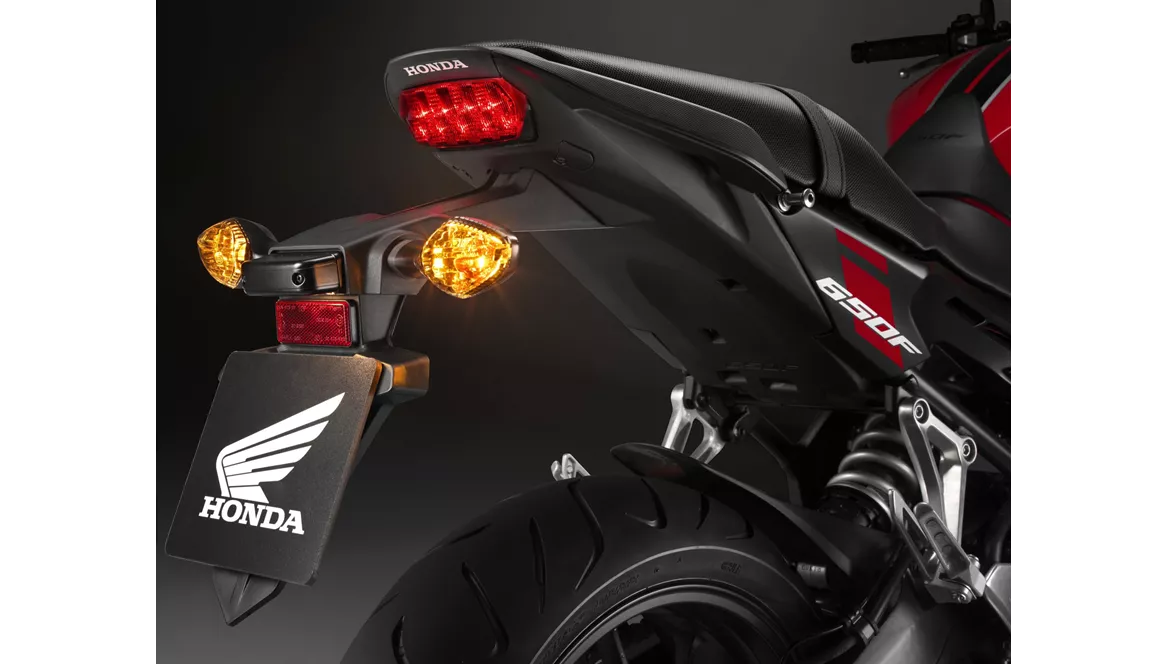
Honda CB650F 2017

Suzuki SV 650 2017
Overview - Honda CB650F 2017 vs Suzuki SV 650 2017
The Honda CB650F 2017 and the Suzuki SV 650 2017 are both naked bikes that offer a thrilling riding experience. However, they have some key differences that set them apart.
In terms of engine performance, the Honda CB650F 2017 comes with an inline 4-cylinder engine that produces 91 horsepower and 63 Nm of torque. On the other hand, the Suzuki SV 650 2017 features a V-twin engine that delivers 76 horsepower and 64 Nm of torque. While the Honda CB650F has a slightly higher power output, the Suzuki SV 650 offers a smooth and responsive engine that provides a more enjoyable riding experience.
Both bikes are equipped with fuel injection systems and liquid cooling, ensuring optimal performance and efficiency. They also have similar suspension setups, with telescopic forks at the front and swing arms with monoshock absorbers at the rear. However, the Honda CB650F features an aluminum swing arm, while the Suzuki SV 650 has a steel swing arm. This difference in material may affect the overall weight and handling of the bikes.
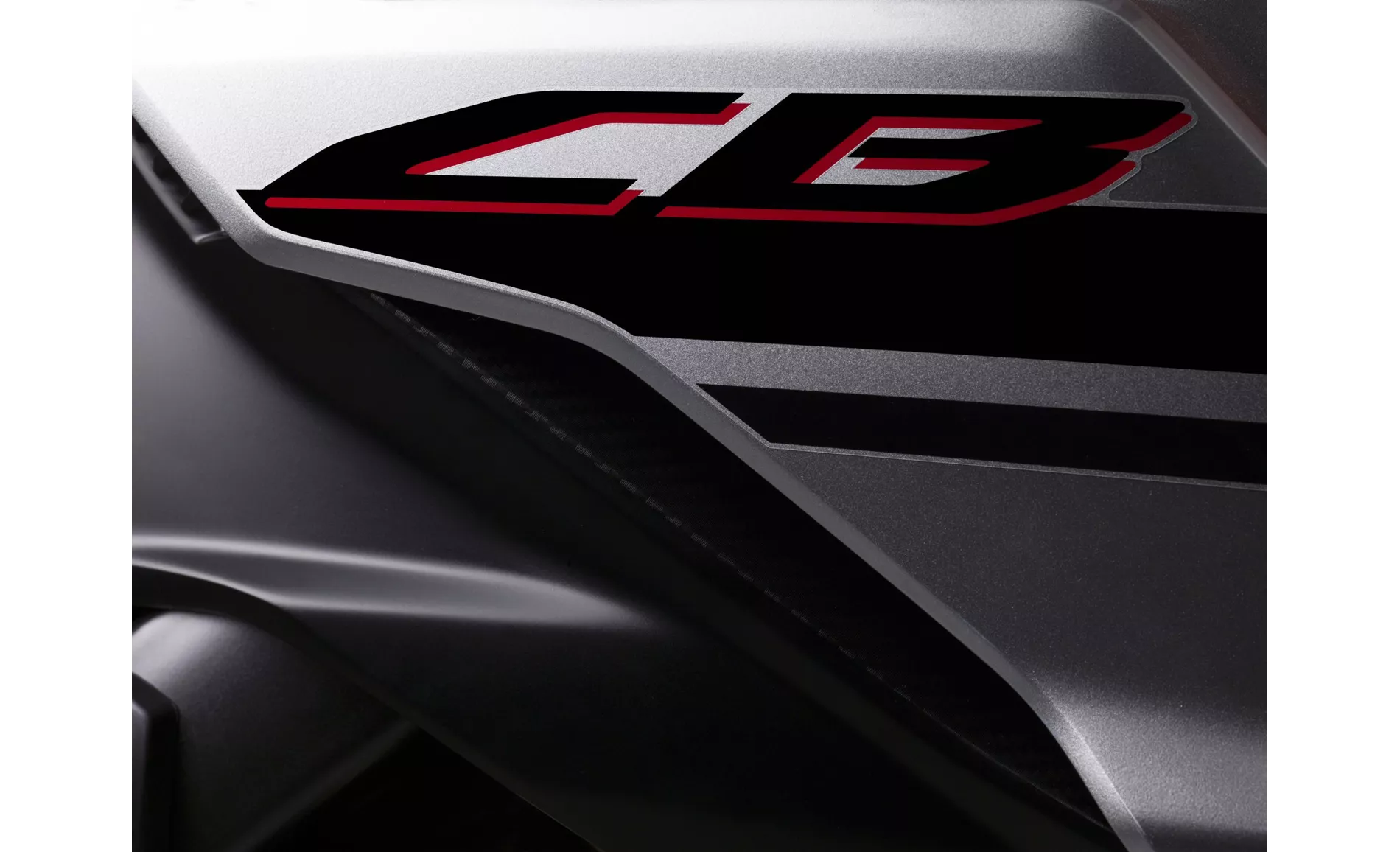
Honda CB650F 2017
In terms of braking performance, the Honda CB650F is equipped with double disc brakes at the front with a diameter of 320 mm and double piston calipers. The Suzuki SV 650, on the other hand, has slightly smaller front disc brakes with a diameter of 290 mm. Some riders may find the Suzuki SV 650's brakes to be weaker compared to the Honda CB650F.
Both bikes come with advanced rider assistance systems such as ABS, ensuring safety and stability during braking. They also have similar dimensions, with 17-inch wheels and front tire widths of 120 mm. However, the Honda CB650F has a wider rear tire at 180 mm, while the Suzuki SV 650 has a narrower rear tire at 160 mm. The Honda CB650F also has a slightly longer wheelbase of 1450 mm compared to the Suzuki SV 650's 1445 mm.
In terms of seating position, the Honda CB650F has a seat height of 810 mm, while the Suzuki SV 650 has a lower seat height of 785 mm. This may make the Suzuki SV 650 more accessible to riders with shorter inseams.
Both bikes have stylish designs, but the Honda CB650F has a more grown-up look with LED lighting technology, giving it a modern and sleek appearance. However, some riders may find the display on the Honda CB650F difficult to read.

Suzuki SV 650 2017
In terms of weight, the Honda CB650F has a kerb weight of 208 kg with ABS, while the Suzuki SV 650 weighs slightly less at 197 kg with ABS. This weight difference may have an impact on the overall handling and maneuverability of the bikes.
Lastly, the Honda CB650F has a larger fuel tank capacity of 17.3 liters, allowing for longer rides without the need for frequent refueling. The Suzuki SV 650, on the other hand, has a smaller fuel tank capacity of 13.8 liters.
Overall, the Honda CB650F 2017 offers a more powerful engine and a sportier chassis, making it a great choice for riders looking for a thrilling and performance-oriented naked bike. On the other hand, the Suzuki SV 650 2017 provides a smoother engine and playful handling, making it an ideal option for riders who prioritize agility and maneuverability. However, some riders may find the Suzuki SV 650's brakes to be weaker compared to the Honda CB650F.
Technical Specifications Honda CB650F 2017 compared to Suzuki SV 650 2017
Pros and Cons in comparison
Pros and Cons in comparison
Honda CB650F 2017

In its latest stage of development, the 2017 Honda CB 650 F is exactly the four-cylinder naked bike we wanted from Honda. Crisp engine tuning and a shorter gear ratio ensure a quick sprint to 100 km/h, including a screaming four-cylinder sound. The chassis tuning is also very sporty, which makes you feel comfortable on the Honda right away. With LED lighting technology, Honda proves that the CB 650 F is in step with the times, only the display deserves a makeover.
Suzuki SV 650 2017

The Suzuki SV 650 is accompanied by a long history of success that is sure to continue for a long time. Its supple V2 impresses with very smooth response and plenty of torque. Compact dimensions help to make the motorbike look very compact. This will be very convenient for beginners. The chassis also scores with playful handling. Unfortunately, the braking effect is not at the level one would expect from such a powerful vehicle.
Price Comparison Avarage Market Price Honda CB650F vs Suzuki SV 650
There are a few key differences between a Honda CB650F 2017 and a Suzuki SV 650 2017. It takes less time to sell a Honda CB650F with 72 days compared to 112 days for a Suzuki SV 650. Since model year 2014 1000PS.de editors have written 14 reviews for the Honda CB650F and 25 reviews for the Suzuki SV 650 since model year 2005. The first review for the Honda CB650F was published on 11/4/2013 and now has more than 14,100 views. This compares to more than 14,200 views for the first review on Suzuki SV 650 published on 9/26/2008.
